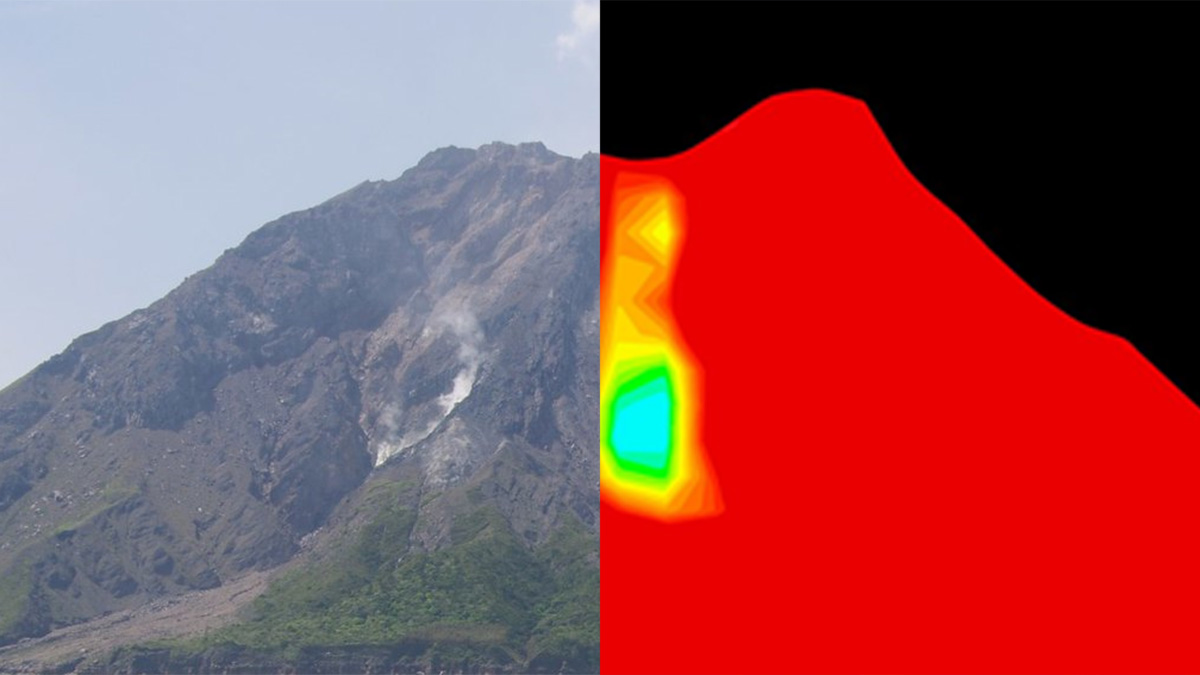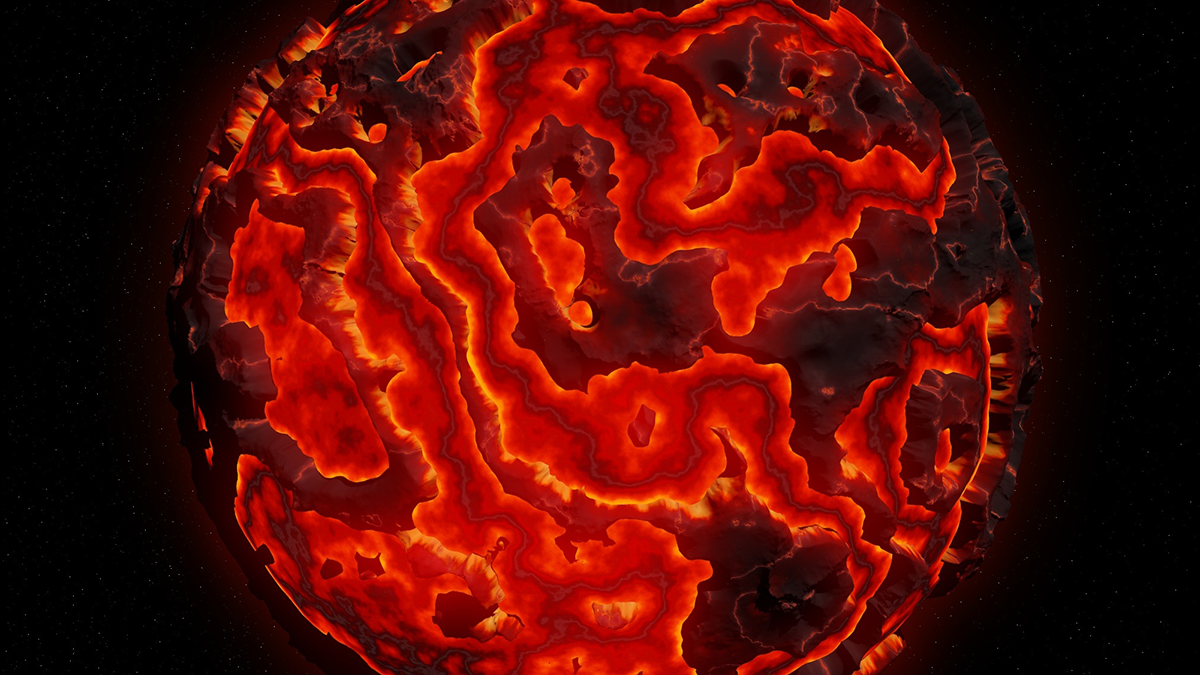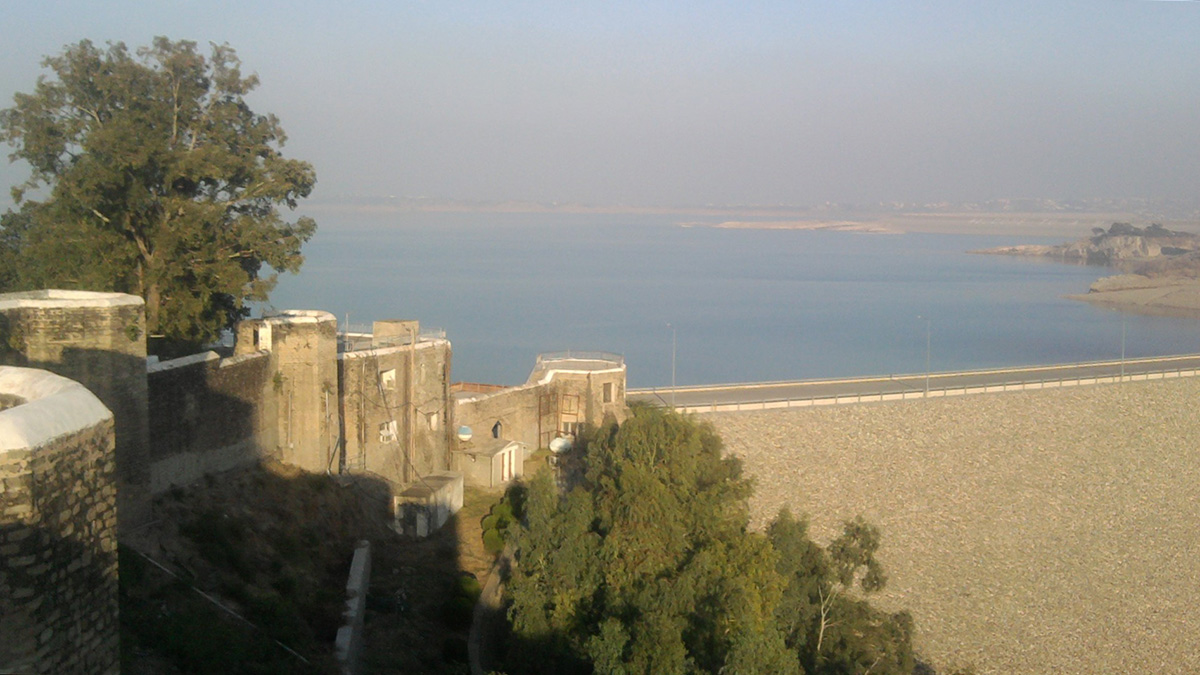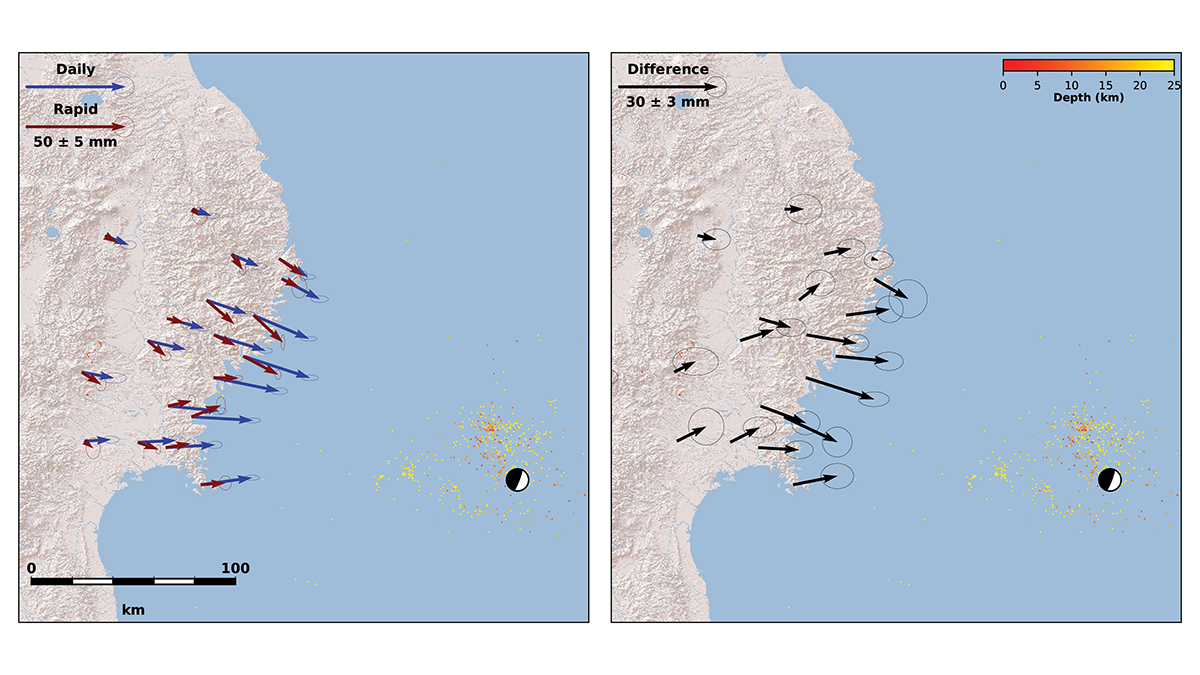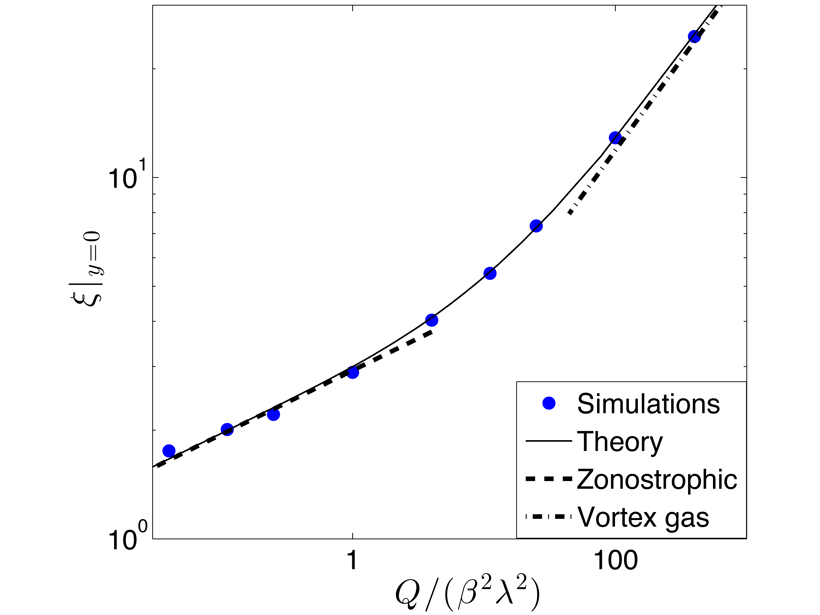Earthquakes may release bursts of electrical energy that can be felt in the ionosphere, kilometers above Earth. The theory remains controversial, though.
geophysics
High-Definition Imaging of the Subsurface with Cosmic Ray Muons
A new book describes muography, an imaging technique that can be used to visualize the internal density composition of geological structures.
Estimating Lake Evaporation Just Got Easier
A new method standardizes freshwater lake measurements and shows they are losing a fifth of their inflow to evaporation.
Layered Zone Beneath Coral Sea Suggests Ancient Magma Ocean
Scientists studying South Pacific earthquakes suggest that an ultralow-velocity zone at the core-mantle boundary may be a remnant of a molten early Earth.
Sensing Iceland’s Most Active Volcano with a “Buried Hair”
Distributed acoustic sensing offered researchers a means to measure ground deformation from atop ice-clad Grímsvötn volcano with unprecedented spatial and temporal resolutions.
Lasers and Ultracold Atoms for a Changing Earth
Applying new technology rooted in quantum mechanics and relativity to terrestrial and space geodesy will sharpen our understanding of how the planet responds to natural and human-induced changes.
A Monsoon-Filled Reservoir Might Have Nudged a Fault to Fail
New research examines whether a sudden increase in water loading in Pakistan’s Mangla Dam might have been connected to the 2019 New Mirpur earthquake.
Geoscientists Can Help Reduce the Threat of Nuclear Weapons
A nuclear war would claim many lives from its direct impacts and cause rapid climate change that would further imperil humanity. Scientists can help shape policies to put us on a safer path.
Improving Coseismic Slip Measurements
A physics-based method estimates the duration of earthquakes’ coseismic phase and can help improve the precision of coseismic slip models and magnitude estimates.
Order in Turbulence
Extracting order from turbulence is difficult, even under the most idealized conditions. A new scaling theory quantifies how eddies influence temperature gradients in geophysical turbulence.


